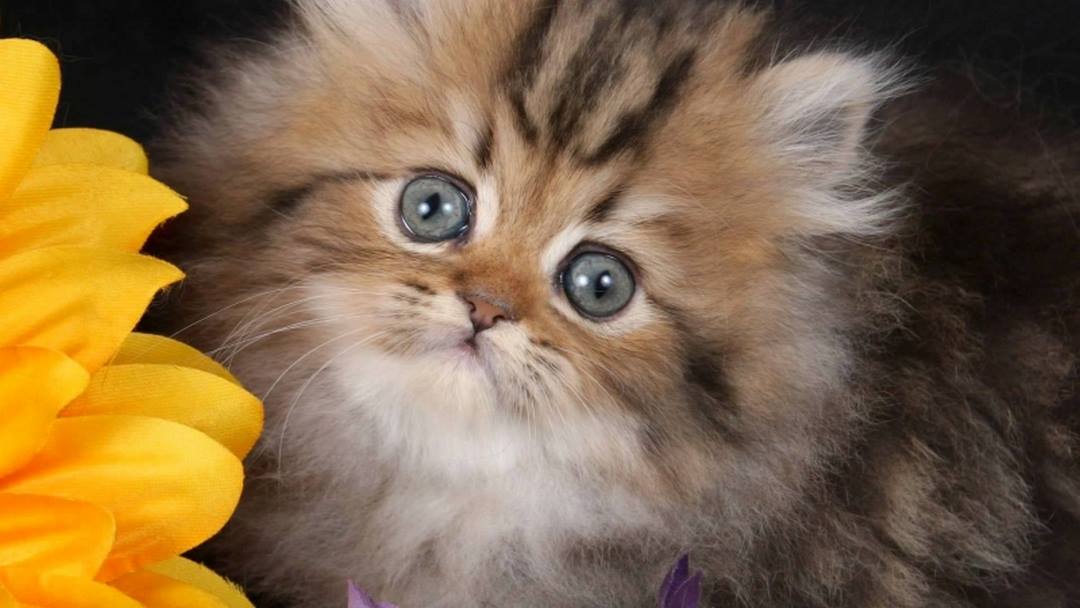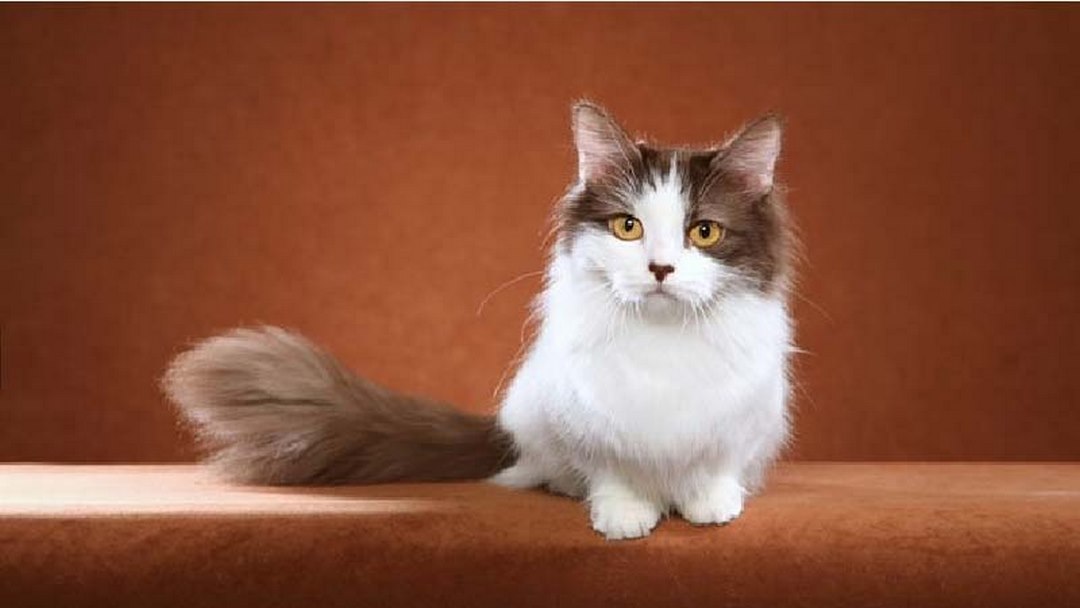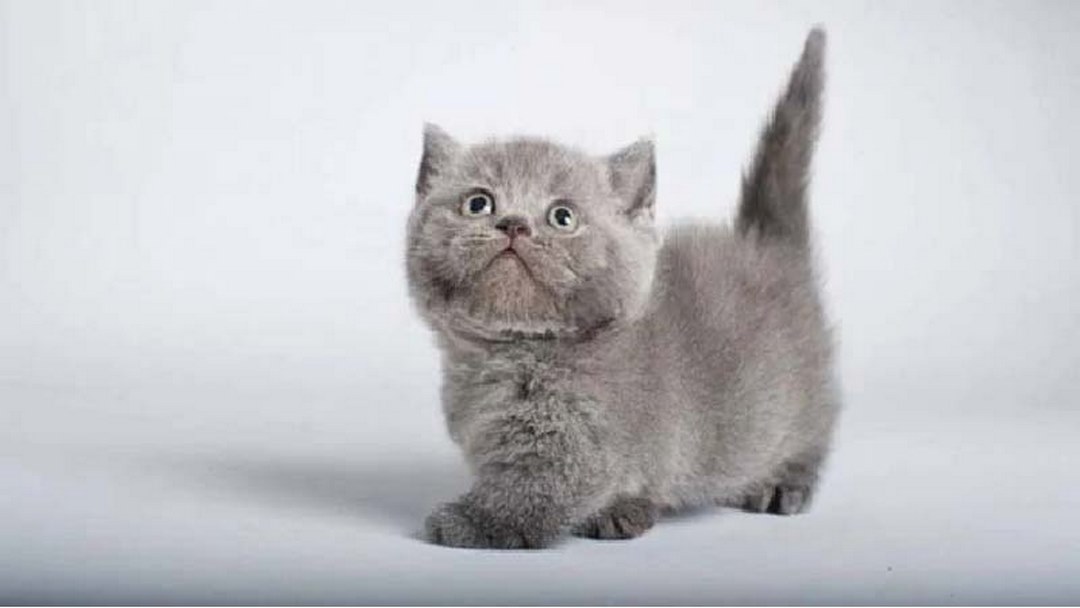If you’re a cat lover in the U.S., you’re likely already charmed by the adorable Munchkin cats. Known for their short legs and captivating personalities, Munchkins have won the hearts of many. Let’s dive into the details of this delightful breed, from their origins to their unique traits, and how to care for them.
1. Exploring the Munchkin Cat
Origins of the Munchkin Cat
The Munchkin cat breed hails from the United States and was first discovered in the 1940s. However, the breed vanished during World War II and was not seen again until 1983. It was in Louisiana, in 1991, that Munchkin cats made a notable comeback and gained recognition, establishing themselves as a breed closely associated with this Southern state.
Popular Coat Colors of Munchkin Cats
Munchkin cats come in a variety of coat colors, including white, black, yellow, cream, gray, and chocolate. Their coat can be short or long, with the tail being noticeably longer than the body fur. Regardless of coat length, all Munchkin cats are considered purebred.
Physical Traits of Munchkin Cats
Munchkin cats are famous for their short legs, which give them a distinctive and endearing appearance. Their body length is approximately 2.5 times their height, and their hind legs are slightly longer than their front legs. These cats have a round body, chubby cheeks, and large, expressive eyes. A healthy Munchkin typically weighs between 6.5 to 11 pounds and can live up to 15 years.
2. Personality Traits
Beyond their charming looks, Munchkin cats are known for their delightful personalities. They are playful, lively, and sweet-natured, with a knack for making their owners smile. Munchkins are also intelligent and friendly, making them excellent companions for families, especially those with children. Their easygoing nature and affection towards their owners make them a beloved choice for many households.
Why You Should Consider Adopting a Munchkin Cat
- Adaptability: Munchkins quickly adjust to new environments.
- Low Maintenance: They are not picky eaters and adapt well to various diets.
- Family-Friendly: They enjoy playing with people and children.
- Low Mischief: Their unique body structure reduces their tendency to cause trouble.
- Stress Relief: Cats have been shown to reduce stress and improve mental well-being.
3. Caring for Your Munchkin Cat
Dietary Needs
A balanced diet is crucial for Munchkin cats. They require protein and fats from meat and fish to support their development. The diet should be adjusted based on their age:
- Kittens (Under 1 Month): Need only their mother’s milk for nourishment.
- Kittens (1-2 Months): Start introducing soft foods like porridge, liver, and other meat sources. You can also include additional milk in their diet.
- Young Cats (2 Months – 1 Year): This stage requires a nutrient-rich diet with high protein from meat and fish, and vitamins from vegetables and fruits.
- Adult Cats (Over 1 Year): Maintain a balanced diet to ensure optimal health and prevent obesity.
Grooming and Care
Munchkin cats have a unique body shape that can lead to joint issues if not properly cared for. Regular grooming helps manage their coat, which doesn’t shed excessively but should be brushed to remove loose fur and dirt. Regular baths are recommended, ideally once a week, using cat-specific shampoo. Also, clean their eyes and ears regularly to prevent infections.
Health Issues
Munchkin cats can be prone to certain health issues, including:
- Scoliosis: Excessive curvature of the spine.
- Pectus Excavatum: A condition where the chest is abnormally concave.
4. Purchasing a Munchkin Cat
If you decide to buy a Munchkin cat from a reputable breeder, you should expect to pay between $1,500 and $4,500. This broad price range is due to several influencing factors:
- Breeder Experience: More experienced breeders often charge higher prices as they aim to enhance specific traits in their litters while avoiding undesirable ones.
- Show Quality: Kittens from champion show cat lines can command a higher price due to their superior lineage.
- Coat Color: Munchkin cats come in a wide variety of coat colors including white, black, red, brown, blue, cream, lavender, tabby, bicolor, calico, pointed, mink, tuxedo, and tortoiseshell. Rare coat colors generally increase the price of the kitten.
- Age: Kittens are typically more expensive than adult cats.
Alternatively, you can consider adopting a Munchkin cat from a rescue shelter. Many shelters in the U.S. care for lost and abandoned cats until they find new homes. Adoption fees usually range from $40 to $300, covering the initial costs of their care at the shelter. Adult cats may have even lower adoption fees. If you choose to adopt, check out our cat adoption checklist to help you prepare for your new furry friend
We hope this guide helps you in choosing and caring for a Munchkin cat. Their unique charm and playful nature make them wonderful additions to any home.







